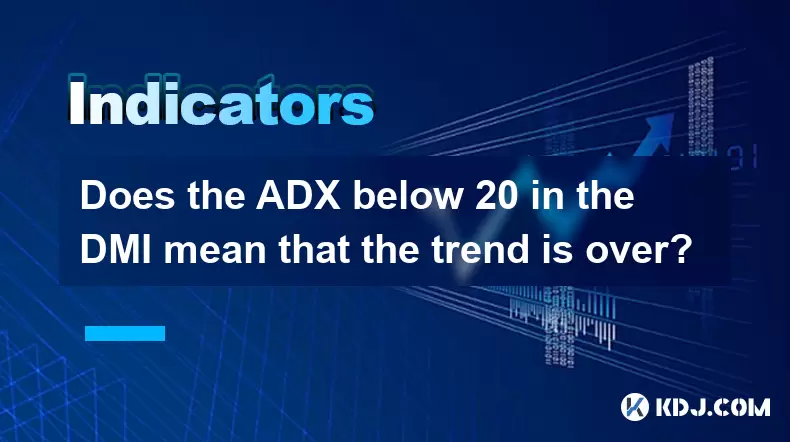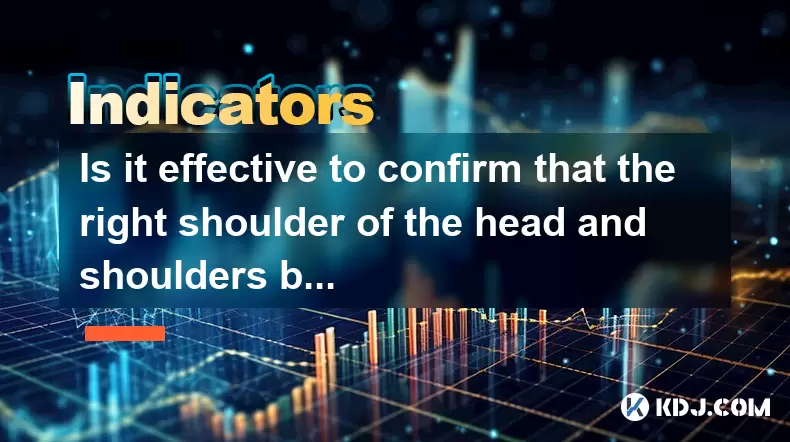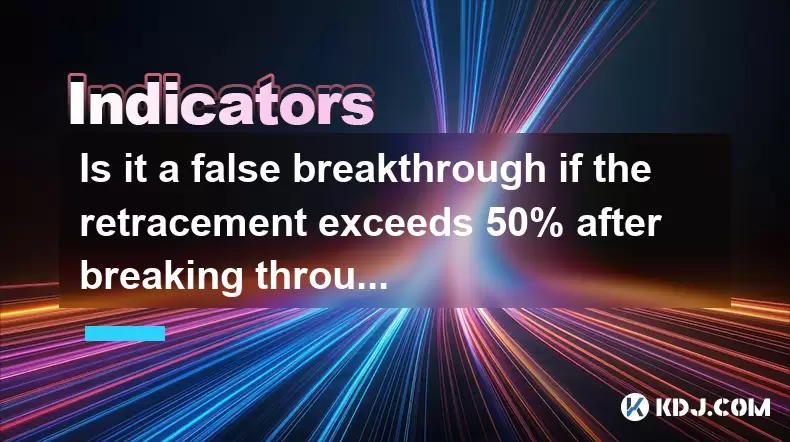-
 Bitcoin
Bitcoin $106,754.6083
1.33% -
 Ethereum
Ethereum $2,625.8249
3.80% -
 Tether USDt
Tether USDt $1.0001
-0.03% -
 XRP
XRP $2.1891
1.67% -
 BNB
BNB $654.5220
0.66% -
 Solana
Solana $156.9428
7.28% -
 USDC
USDC $0.9998
0.00% -
 Dogecoin
Dogecoin $0.1780
1.14% -
 TRON
TRON $0.2706
-0.16% -
 Cardano
Cardano $0.6470
2.77% -
 Hyperliquid
Hyperliquid $44.6467
10.24% -
 Sui
Sui $3.1128
3.86% -
 Bitcoin Cash
Bitcoin Cash $455.7646
3.00% -
 Chainlink
Chainlink $13.6858
4.08% -
 UNUS SED LEO
UNUS SED LEO $9.2682
0.21% -
 Avalanche
Avalanche $19.7433
3.79% -
 Stellar
Stellar $0.2616
1.64% -
 Toncoin
Toncoin $3.0222
2.19% -
 Shiba Inu
Shiba Inu $0.0...01220
1.49% -
 Hedera
Hedera $0.1580
2.75% -
 Litecoin
Litecoin $87.4964
2.29% -
 Polkadot
Polkadot $3.8958
3.05% -
 Ethena USDe
Ethena USDe $1.0000
-0.04% -
 Monero
Monero $317.2263
0.26% -
 Bitget Token
Bitget Token $4.5985
1.68% -
 Dai
Dai $0.9999
0.00% -
 Pepe
Pepe $0.0...01140
2.44% -
 Uniswap
Uniswap $7.6065
5.29% -
 Pi
Pi $0.6042
-2.00% -
 Aave
Aave $289.6343
6.02%
Does the ADX below 20 in the DMI mean that the trend is over?
When ADX drops below 20, it often signals weakening trend strength, but traders should confirm with price action and other indicators like DMI crossovers before making decisions.
Jun 17, 2025 at 09:14 am

Understanding the ADX and DMI Indicators
The ADX (Average Directional Index) is a technical analysis tool that measures the strength of a trend, regardless of its direction. It is often used in conjunction with the DMI (Directional Movement Index), which includes two other lines: +DI (Positive Directional Indicator) and -DI (Negative Directional Indicator). Together, these three components form the DMI system, widely used by traders to assess whether a market is trending or ranging.
When the ADX falls below 20, many traders interpret it as a signal that the current trend may be weakening or ending. However, this interpretation should not be taken in isolation without considering the broader context of price action and other indicators.
What Does ADX Below 20 Actually Mean?
An ADX value below 20 typically indicates that the market lacks a strong directional bias. This means that either the trend has weakened significantly, or the market is entering a phase of consolidation. In the realm of cryptocurrency trading, where volatility can shift rapidly, interpreting an ADX reading requires more than just looking at a single number.
It's important to note that ADX does not indicate trend direction—only its strength. Therefore, even if the ADX drops below 20, the price could still be moving upward or downward, albeit without strong momentum. Traders must cross-reference this with the +DI and -DI lines to get a clearer picture of potential reversals or continuations.
Interpreting DMI Crossovers Alongside ADX
One effective way to gain insight when ADX is below 20 is to observe the relationship between the +DI and -DI lines:
- When +DI crosses above -DI, it may suggest the beginning of a bullish phase.
- Conversely, when -DI crosses above +DI, it might signal a bearish movement.
However, during low ADX readings, these crossovers are often less reliable due to the lack of trend strength. This is especially true in cryptocurrency markets, where sudden pump-and-dump scenarios or whale movements can distort signals temporarily.
In such cases, it’s advisable to use volume indicators or candlestick patterns to confirm any potential trend changes before making trading decisions solely based on DMI and ADX readings.
Practical Steps for Analyzing Cryptocurrency Charts Using DMI and ADX
Here’s a detailed breakdown of how traders can incorporate ADX and DMI into their crypto trading strategy:
- Open your preferred trading platform and select a cryptocurrency pair you want to analyze.
- Apply the DMI indicator along with ADX to the chart.
- Observe the ADX line to determine the strength of the ongoing trend:
- If ADX is rising above 25, the trend is gaining strength.
- If ADX is declining from above 25 toward 20, the trend may be losing steam.
- If ADX is below 20, consider the market as range-bound or lacking a clear trend.
- Monitor the +DI and -DI lines for possible crossovers:
- A bullish crossover occurs when +DI moves above -DI.
- A bearish crossover happens when -DI moves above +DI.
- Combine this information with support/resistance levels or Fibonacci retracements to filter out false signals.
For instance, in Bitcoin or Ethereum charts, a drop in ADX below 20 after a prolonged uptrend doesn't necessarily mean the trend is over unless there's also a bearish DI crossover and a break below key support levels.
Common Misinterpretations of ADX and DMI in Crypto Markets
A common mistake among novice traders is assuming that an ADX below 20 automatically confirms the end of a trend. This is not always accurate. Trend continuation can occur even after ADX dips below 20, especially if the price continues to make higher highs (in an uptrend) or lower lows (in a downtrend).
Another misinterpretation arises when traders ignore the impact of market noise in cryptocurrencies. Due to the high volatility and frequent manipulation seen in altcoin markets, short-term fluctuations can cause temporary declines in ADX, misleading traders into thinking the trend is reversing.
Additionally, some traders fail to adjust the default settings of the ADX and DMI indicators. By default, these tools use a 14-period setting, which may not suit all trading strategies or timeframes. For example, day traders might benefit from shorter periods, while long-term investors may prefer longer ones.
How to Use ADX and DMI in Conjunction With Other Tools
To enhance the reliability of ADX and DMI signals in cryptocurrency trading, consider combining them with complementary tools:
- Moving Averages: Use a 50-day or 200-day moving average to identify long-term trends. If the price remains above the moving average while ADX is near 20, the trend might still be intact.
- Volume Analysis: Increasing volume during a breakout or breakdown can validate the strength of a new trend even if ADX hasn’t yet risen above 20.
- RSI (Relative Strength Index): RSI can help identify overbought or oversold conditions. If RSI suggests exhaustion but ADX is still weak, the trend may not have ended yet—it might just be pausing.
- Candlestick Patterns: Look for engulfing candles, hammers, or doji formations to confirm potential reversals or continuations alongside DMI and ADX readings.
By integrating these tools, traders can better navigate the complexities of cryptocurrency markets and avoid premature conclusions about trend reversals.
Frequently Asked Questions (FAQs)
Q: Can ADX stay below 20 during a strong trend?
A: Yes, especially in early-stage trends or during consolidations within a larger trend. ADX may temporarily dip below 20 even if the overall direction remains intact.
Q: Should I close my position if ADX drops below 20?
A: Not necessarily. Evaluate the broader context, including price structure, volume, and other indicators before deciding to exit a trade.
Q: How often should I check ADX values in crypto trading?
A: ADX is best used on daily or 4-hour charts for swing trading. Frequent checks on lower timeframes can lead to misleading signals due to increased volatility.
Q: Are there alternative indicators similar to ADX for measuring trend strength?
A: Yes, tools like the Trend Intensity Index (TII) or Chande Momentum Oscillator (CMO) can also help gauge trend strength, though they operate differently from ADX.
Disclaimer:info@kdj.com
The information provided is not trading advice. kdj.com does not assume any responsibility for any investments made based on the information provided in this article. Cryptocurrencies are highly volatile and it is highly recommended that you invest with caution after thorough research!
If you believe that the content used on this website infringes your copyright, please contact us immediately (info@kdj.com) and we will delete it promptly.
- 2025-W Uncirculated American Gold Eagle and Dr. Vera Rubin Quarter Mark New Products
- 2025-06-13 06:25:13
- Ruvi AI (RVU) Leverages Blockchain and Artificial Intelligence to Disrupt Marketing, Entertainment, and Finance
- 2025-06-13 07:05:12
- H100 Group AB Raises 101 Million SEK (Approximately $10.6 Million) to Bolster Bitcoin Reserves
- 2025-06-13 06:25:13
- Galaxy Digital CEO Mike Novogratz Says Bitcoin Will Replace Gold and Go to $1,000,000
- 2025-06-13 06:45:13
- Trust Wallet Token (TWT) Price Drops 5.7% as RWA Integration Plans Ignite Excitement
- 2025-06-13 06:45:13
- Ethereum (ETH) Is in the Second Phase of a Three-Stage Market Cycle
- 2025-06-13 07:25:13
Related knowledge

How to interpret the low opening the next day after the long lower shadow hits the bottom?
Jun 18,2025 at 12:22am
Understanding the Long Lower Shadow Candlestick PatternIn technical analysis, a long lower shadow candlestick is often seen as a potential reversal signal in a downtrend. This pattern occurs when the price opens, trades significantly lower during the session, but then recovers to close near the opening price or slightly above. The long wick at the botto...

How strong is the MACD golden cross below the zero axis?
Jun 17,2025 at 11:00pm
Understanding the MACD Indicator in Cryptocurrency TradingThe Moving Average Convergence Divergence (MACD) is one of the most widely used technical indicators among cryptocurrency traders. It helps identify potential trend reversals, momentum shifts, and entry or exit points. The MACD consists of three main components: the MACD line, the signal line, an...

How effective is the golden cross of the William indicator double line in the oversold area?
Jun 17,2025 at 11:56pm
Understanding the William Indicator and Its Double Line SetupThe William %R (Williams Percent Range) is a momentum oscillator used to identify overbought or oversold conditions in a market. It ranges from 0 to -100, with readings above -20 considered overbought and below -80 deemed oversold. The double line setup refers to plotting two different timefra...

Is it effective to confirm that the right shoulder of the head and shoulders bottom volume at the 30-minute level is enlarged?
Jun 17,2025 at 11:42pm
Understanding the Head and Shoulders Pattern in Cryptocurrency TradingThe head and shoulders pattern is one of the most recognized reversal patterns in technical analysis, especially within cryptocurrency trading. It typically signals a potential shift from a bullish trend to a bearish one. This pattern consists of three peaks: the left shoulder, the he...

Is the evening star in the daily rising channel effective?
Jun 18,2025 at 12:08am
Understanding the Evening Star Pattern in Cryptocurrency TradingThe evening star is a well-known candlestick pattern used by traders to identify potential reversals from an uptrend to a downtrend. In the context of cryptocurrency, where price volatility is high and trends can shift rapidly, understanding how reliable this pattern is becomes crucial. The...

Is it a false breakthrough if the retracement exceeds 50% after breaking through the platform?
Jun 17,2025 at 08:01pm
Understanding Breakouts and Retracements in Cryptocurrency TradingIn cryptocurrency trading, breakouts refer to when the price of an asset moves beyond a defined support or resistance level with increased volume. These events often attract traders looking to capitalize on momentum. However, not all breakouts are valid. A false breakout, also known as a ...

How to interpret the low opening the next day after the long lower shadow hits the bottom?
Jun 18,2025 at 12:22am
Understanding the Long Lower Shadow Candlestick PatternIn technical analysis, a long lower shadow candlestick is often seen as a potential reversal signal in a downtrend. This pattern occurs when the price opens, trades significantly lower during the session, but then recovers to close near the opening price or slightly above. The long wick at the botto...

How strong is the MACD golden cross below the zero axis?
Jun 17,2025 at 11:00pm
Understanding the MACD Indicator in Cryptocurrency TradingThe Moving Average Convergence Divergence (MACD) is one of the most widely used technical indicators among cryptocurrency traders. It helps identify potential trend reversals, momentum shifts, and entry or exit points. The MACD consists of three main components: the MACD line, the signal line, an...

How effective is the golden cross of the William indicator double line in the oversold area?
Jun 17,2025 at 11:56pm
Understanding the William Indicator and Its Double Line SetupThe William %R (Williams Percent Range) is a momentum oscillator used to identify overbought or oversold conditions in a market. It ranges from 0 to -100, with readings above -20 considered overbought and below -80 deemed oversold. The double line setup refers to plotting two different timefra...

Is it effective to confirm that the right shoulder of the head and shoulders bottom volume at the 30-minute level is enlarged?
Jun 17,2025 at 11:42pm
Understanding the Head and Shoulders Pattern in Cryptocurrency TradingThe head and shoulders pattern is one of the most recognized reversal patterns in technical analysis, especially within cryptocurrency trading. It typically signals a potential shift from a bullish trend to a bearish one. This pattern consists of three peaks: the left shoulder, the he...

Is the evening star in the daily rising channel effective?
Jun 18,2025 at 12:08am
Understanding the Evening Star Pattern in Cryptocurrency TradingThe evening star is a well-known candlestick pattern used by traders to identify potential reversals from an uptrend to a downtrend. In the context of cryptocurrency, where price volatility is high and trends can shift rapidly, understanding how reliable this pattern is becomes crucial. The...

Is it a false breakthrough if the retracement exceeds 50% after breaking through the platform?
Jun 17,2025 at 08:01pm
Understanding Breakouts and Retracements in Cryptocurrency TradingIn cryptocurrency trading, breakouts refer to when the price of an asset moves beyond a defined support or resistance level with increased volume. These events often attract traders looking to capitalize on momentum. However, not all breakouts are valid. A false breakout, also known as a ...
See all articles

























































































